The 3 Lifting Exercises You Should Never Skip
The benefits of strength training are so vast they are difficult to quantify. Regularly engaging in strength training builds muscle, improves posture, reduces the risk of injury, supports weight loss, and improves overall health—even potentially increasing one’s longevity.
While we know the benefits, most people would rather not waste hours upon hours in the gym. So, how can you be more effective? What exercises should you be doing?
The deadlift, the squat, and the bench press are the three powerful lifting exercises that get you the most bang for your buck. When you perfect these, you’ll enhance your overall body strength and increase muscle mass, all while using your time and energy effectively and efficiently. In this article, we will cover everything you need to know about these three lifts. Let’s dive in!
Why Are the Big Three Lifts Important?
1. The Deadlift
The deadlift is a strengthening exercise that involves lifting a barbell from the floor up to hip height by bending at the waist and then straightening and squeezing your glutes. This form of resistance training is compound as it targets more than one set of muscles. A successful deadlift activates the muscles of the lower body; the glutes, hamstrings, and quads.
Despite the simplicity of this exercise (which is a big plus!), the deadlift provides many health and performance-related benefits. It engages the core and muscles in the back, which improves posture. And contrary to popular belief, regular deadlift training can improve lower back pain when performed correctly.
Proper technique is a vital part of deadlift training. Your spine should be kept straight and neutral, with your core actively engaged, throughout the exercise. You also want to ensure you keep your shoulder blades down and back, contracting your lats, to avoid a rounded back.
2. The Squat
The squat is a lifting exercise that involves bending at the knees and then straightening. While bodyweight squats are a great way to start, adding a free weight like a barbell to the chest (front squat) or just behind the neck on the shoulders (back squat) is a more intense form of this exercise. With many possible variations, the squat can be adapted to suit almost any individual.
The squat targets the lower body, building stronger legs. The glutes, hamstrings, quads, and calves are placed under tension. With the correct technique, the core is also engaged. Depending on the free weight placement, other muscle areas on the upper body also get a workout, supercharging the basic squat.
Correctly performed squats are amazing at strengthening hip and knee joints. Yet, poor technique can lead to extra strain and increase the risk of injury.
When doing a squat, avoid bending your knees too far over your toes. Try to keep your spine straight and neutral while engaging your core to protect your back. Always start with an average stance, placing your feet about hip-width apart to reduce tension on your knee and hip joints. Avoid squatting when you’re tired, as muscle fatigue lends itself to poor technique and injuries.
3. The Bench Press
The bench press focuses on strengthening the upper body, targeting the pectoral muscles and the muscles around the shoulders and arms. To do a bench press, you lay down on the bench with your feet on the floor, then lower a barbell or two dumbbells down and back up again.
Variations will affect the target muscles of the bench press and include changing the incline of the bench and the position of your hands on the barbell. Specific benefits include strengthening the upper body, including the muscles, joints, and bones.
With the basics out of the way, let’s take a closer look at the health and performance-related benefits of including these three lifting exercises into your training routine.
Health Benefits of Lifting Exercises
You’ve probably heard the news: Resistance training is good for you! The following provides reasons behind this fact. Let’s take a look!
Increases Bone Mineral Density
Strength training increases bone mineral density around the areas that are engaged in the exercise. This can help individuals with osteoporosis or sarcopenia and generally slow down bone weakening due to aging.
Improves Posture and Balance
Lifting engages the core and the muscles that straighten the back, which improves posture and can reduce instances of lower back pain. These exercises also correct muscle imbalances and increase muscle mass which stabilizes balance. This unexpected benefit reduces the risk of falling in daily activities.
Increases Metabolism and Heart Health
Lifting engages multiple sets of muscles. In turn, it boosts your metabolism for hours after the training session is over, which supports weight loss. Additionally, regular strength training reduces abdominal fat and increases blood flow which leads to a healthier heart.
Improves Mood and Self-Esteem
Lifting makes you feel good! It involves setting goals and overcoming challenges; this is pure gold for building self-esteem. Endorphins released during exercise boost mood and reduce stress which also supports mental health.
Performance Related Benefits of Lifting Exercises
Lifting exercises, especially squats, improve flexibility around the joints. This reduces the risk of injury but also improves performance. To benefit, athletes need to lift regularly and take care to use the correct techniques.
Increases Speed and Power
Stronger muscles can achieve more and react faster. Lifting gains muscle and improves flexibility and speed. Strength plus speed equals power. From basketball to running, any athlete can benefit from regular strength training.
The deadlift, squat, and bench press are all different but complement each other perfectly in a strength training routine. Combining all three provides a super-charged full-body workout that activates and strengthens key muscles of the body.
In addition to strengthening, there are numerous health and performance-related benefits of lifting. Because of this, lifting exercises are relevant to almost anyone! Athletes, the elderly, and even people with health issues (like lowered bone density or lower back pain) can benefit from resistance training and from performing these three effective and efficient lifts.
Apparel in this Post
THE OFFICIAL BELT OF USA WEIGHTLIFTING
Grab the belt worn by weighlifting Olympians: CJ Cummings, Mattie Rogers, and Jourdan Delacruz
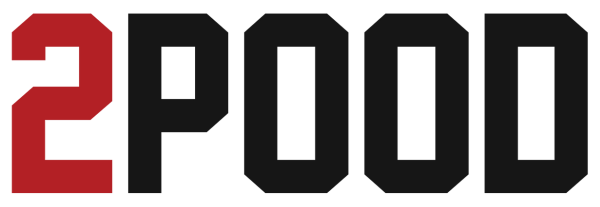


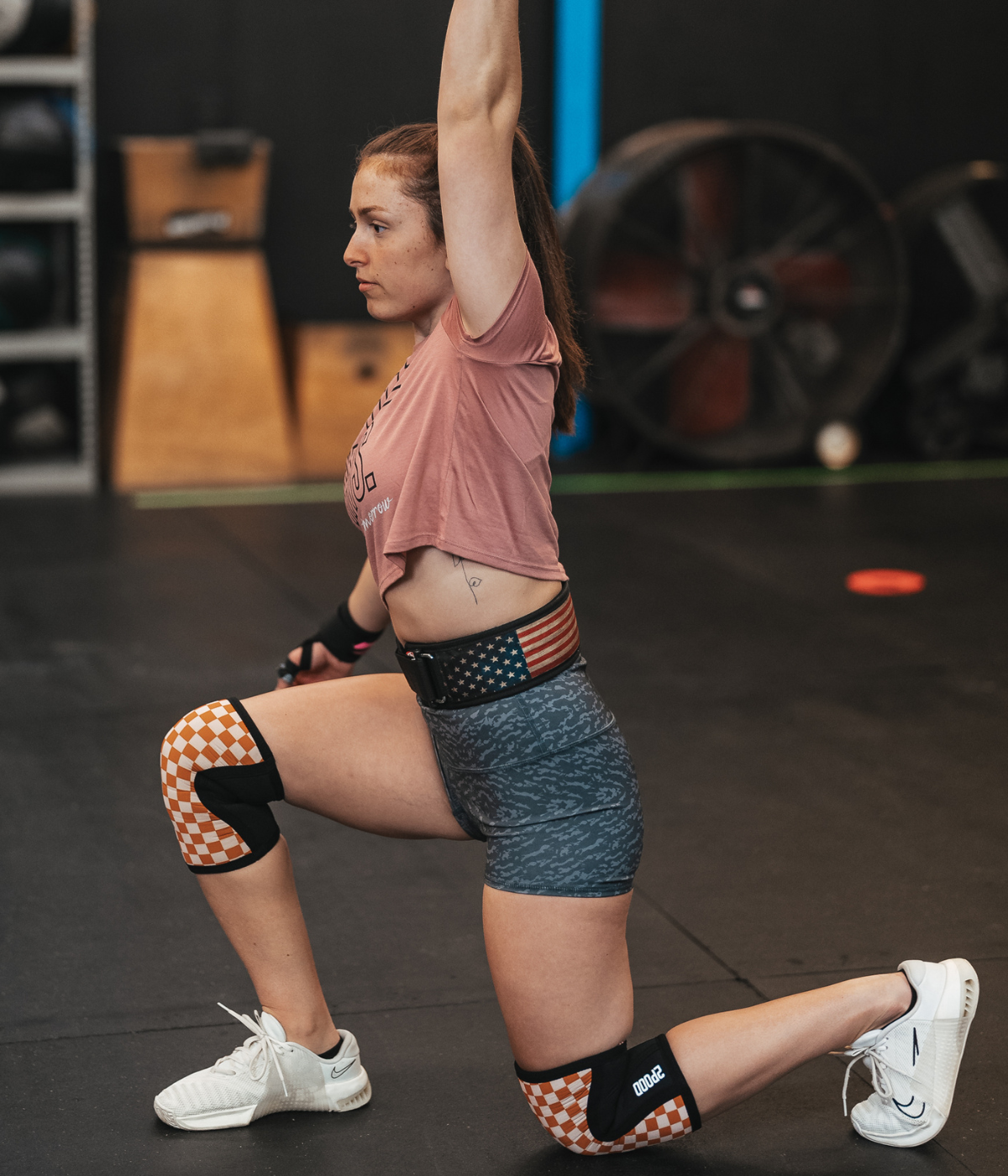







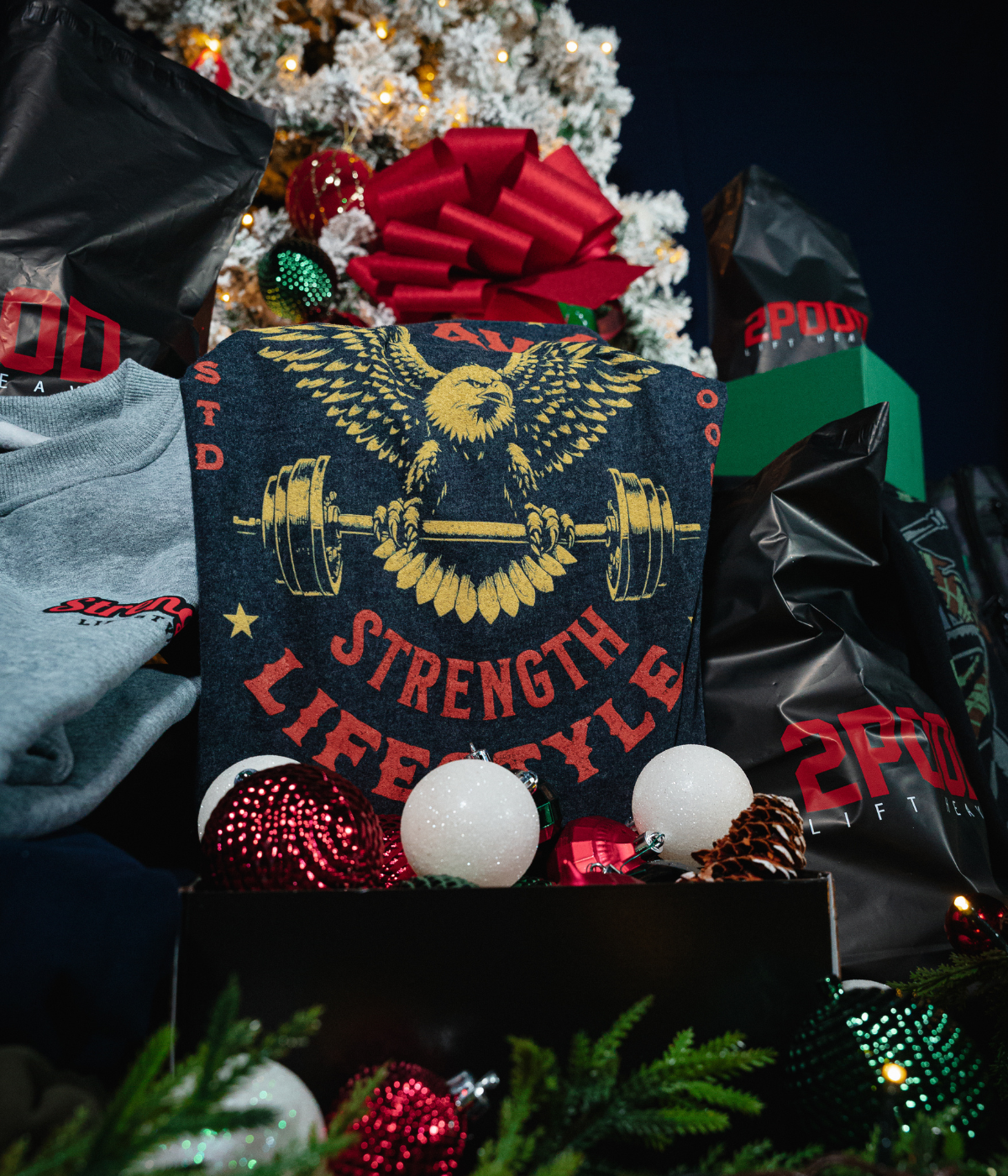

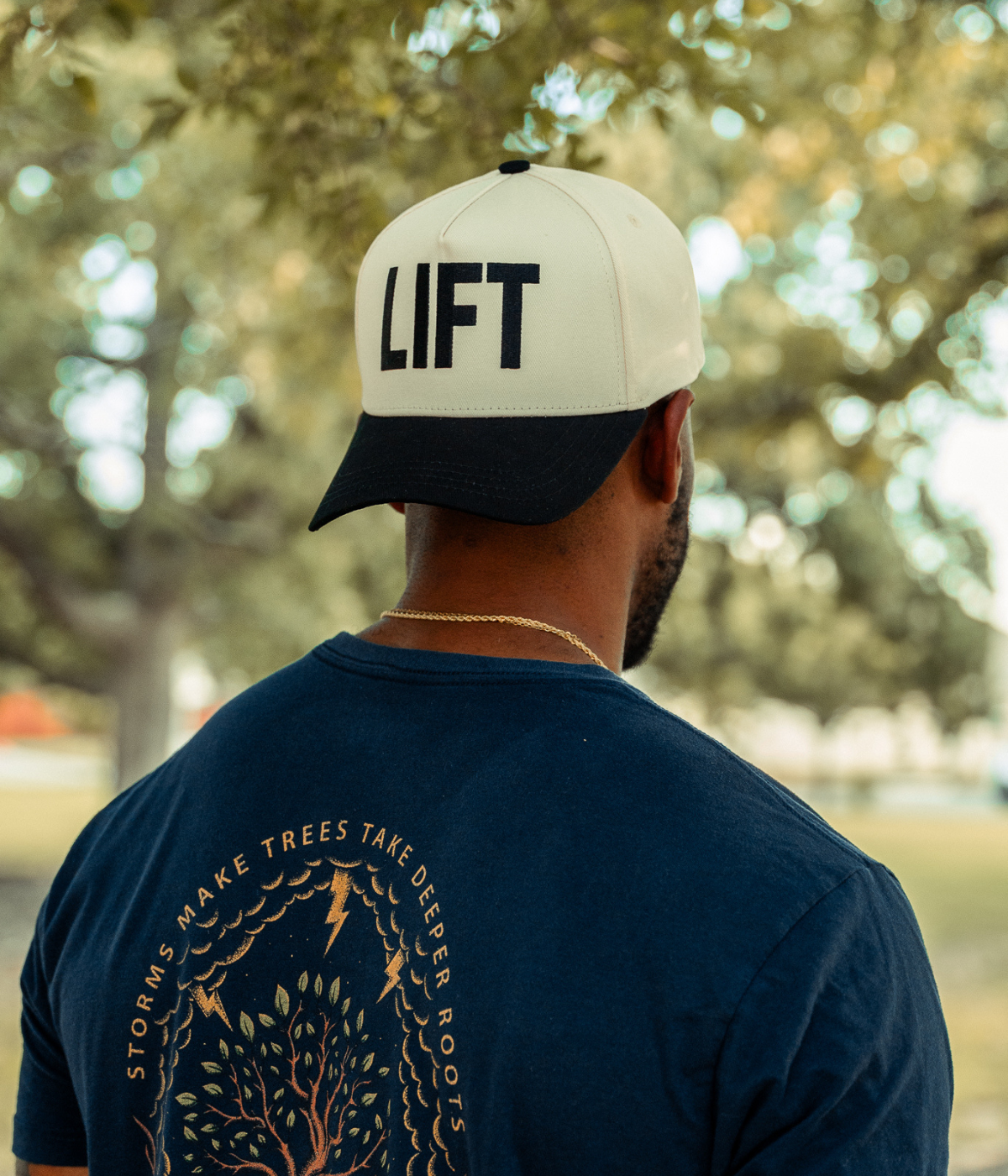
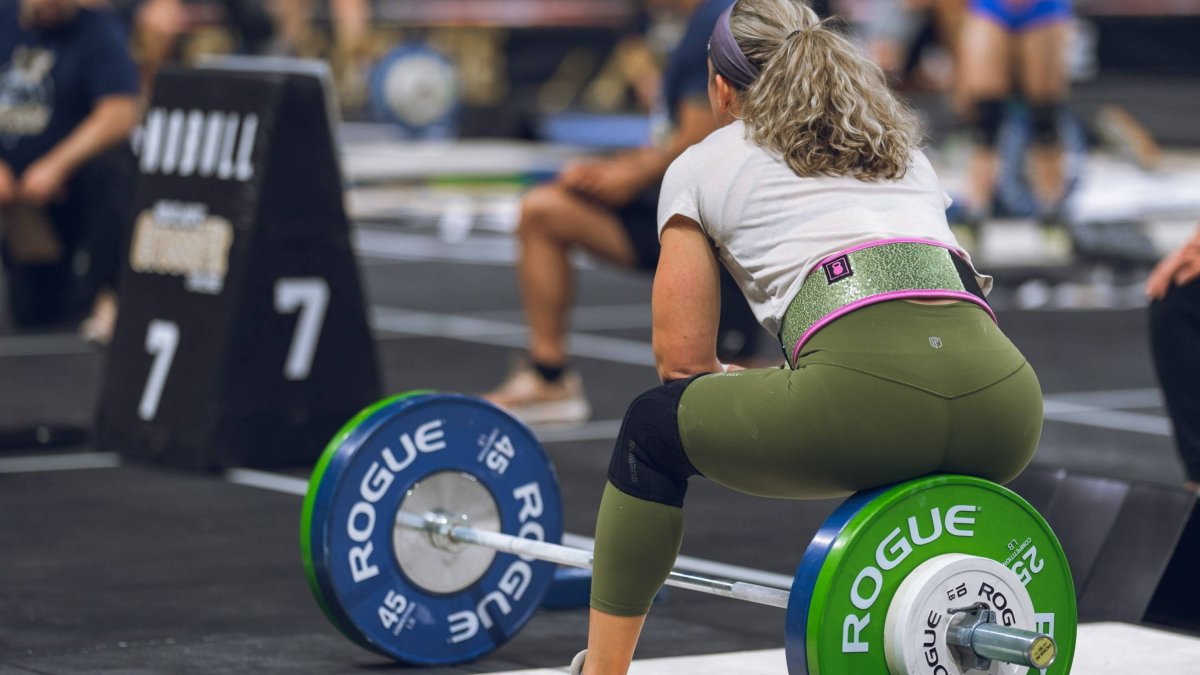
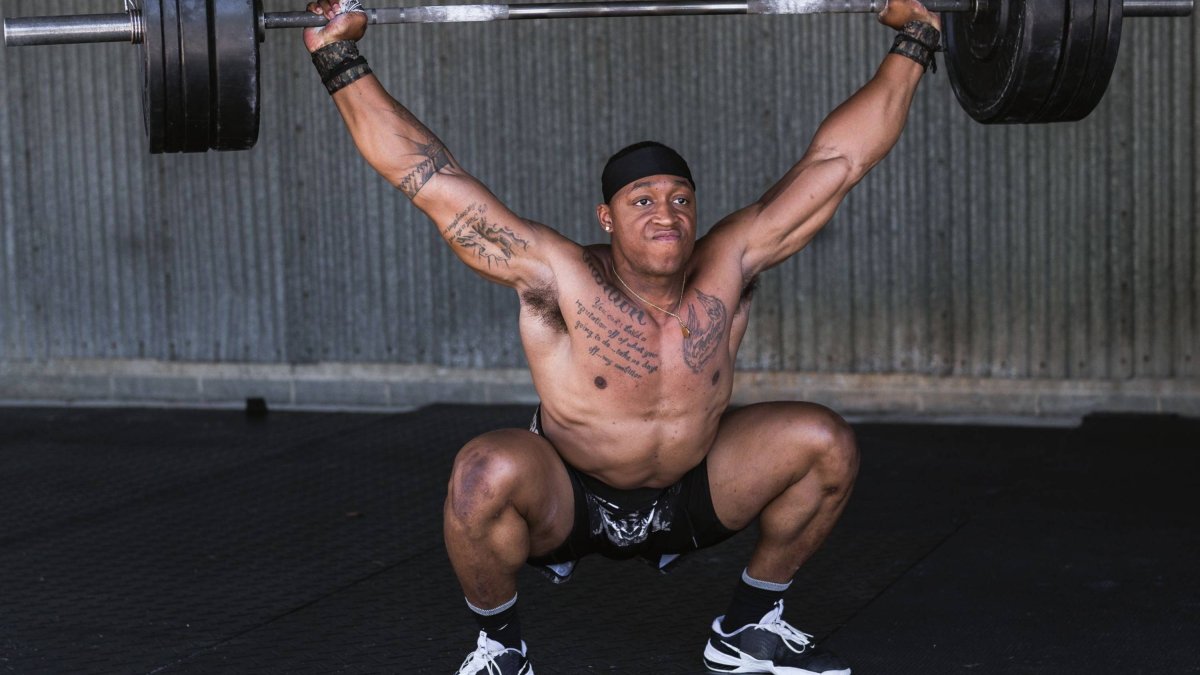
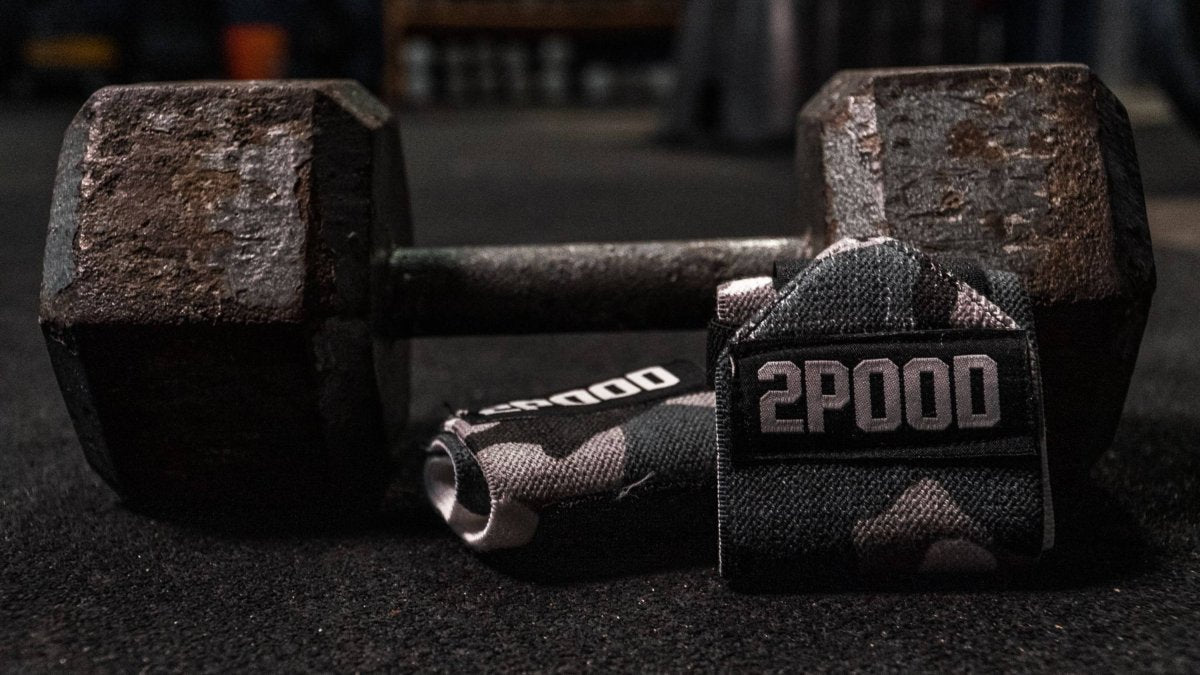
Leave a comment
All comments are moderated before being published.
This site is protected by hCaptcha and the hCaptcha Privacy Policy and Terms of Service apply.